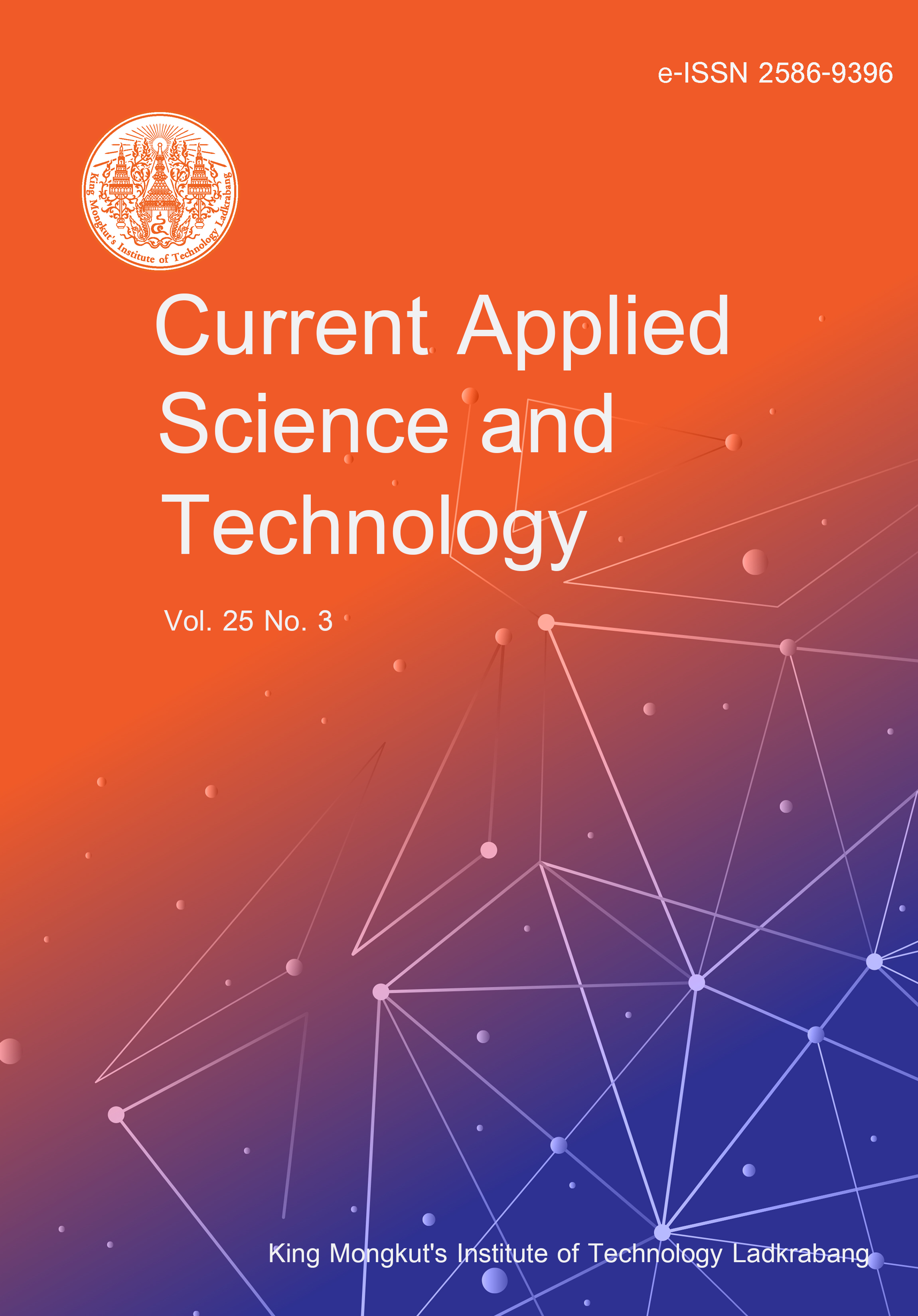Small particle reagent (SPR) technique is a method used for detecting latent fingerprints on wet, non-porous surfaces by suspending nanoparticles in a reagent that binds with fatty acid residues on fingerprints. The small particle reagent technique is particularly effective for detecting latent fingerprints on evidence that has been submerged underwater for prolonged periods. However, due to its reliance on imported reagents, SPR is often expensive and involves a lengthy waiting period. Consequently, many researchers have attempted to develop SPR formulations using easily obtainable, cost-effective, and safe chemicals. In this study, we prepared two new SPR formulations containing zinc oxide nanoparticles mixed with diethylene glycol monoethyl ether. Both formulations used a surfactant composed of two types (sodium tetradecyl sulfate and Tergitol NP-9) for the development of latent fingerprints on wet surfaces. Latent fingerprints were deposited on four different non-porous surfaces, including stainless-steel spoons, glass slides, aluminum foil, and plastic slides. These surfaces were immersed in tap water for 1, 3, 7, 14 and 30 days. The resulting latent fingerprints were analyzed using the Mini Automated Fingerprint Identification System and were shown to produce clear, sharp, and detailed fingerprints on the non-porous surfaces. The best results were found on the surfaces of stainless-steel spoons with both formulations, where minutiae were detectable at more than 40 points even after the surfaces had been immersed in water for up to 30 days. This study provides forensic scientists and crime scene investigators with a faster and safer method for developing latent fingerprints using non-hazardous materials, which could serve as an alternative to conventional formulations.
Mode-on, P. ., Pansiw, S. ., & Eksinitkun, G. . (2025). Development of Latent Fingerprints on Wet, Non-Porous Surfaces by Small Particle Reagent with Zinc Oxide Nanoparticles. CURRENT APPLIED SCIENCE AND TECHNOLOGY, e0263576. https://doi.org/10.55003/cast.2025.263576

